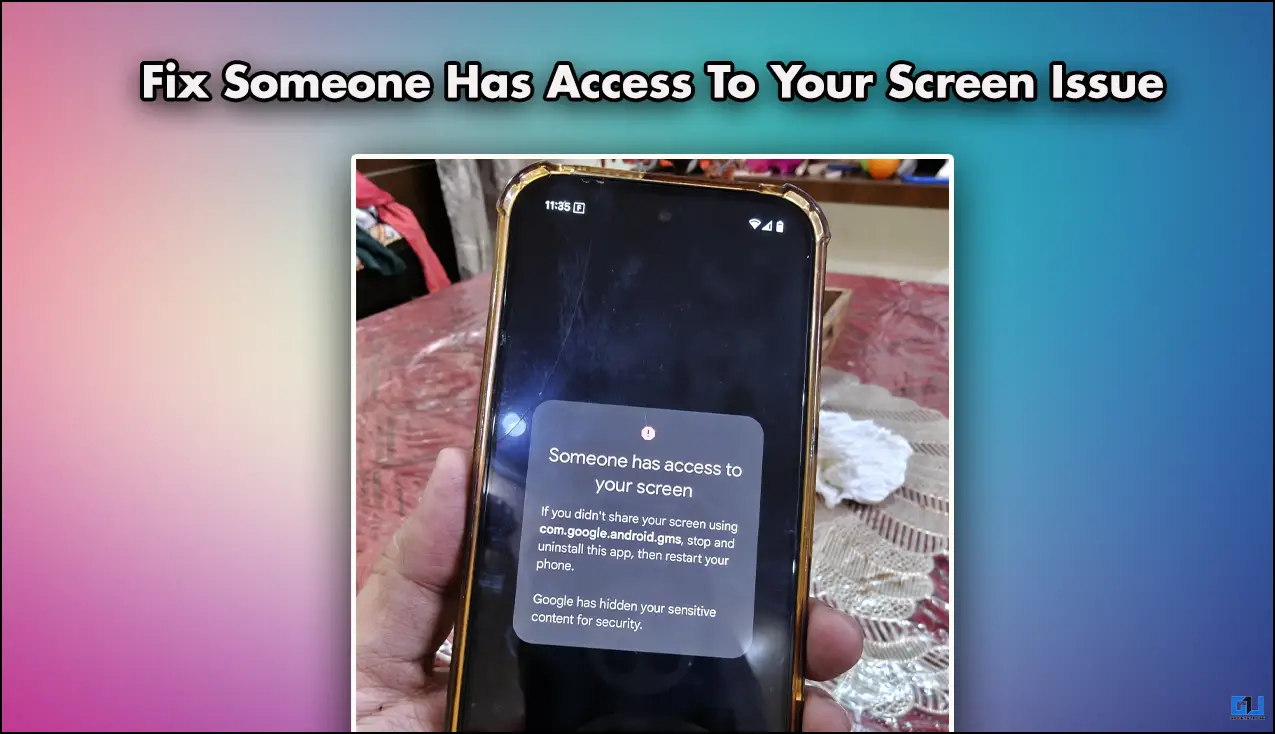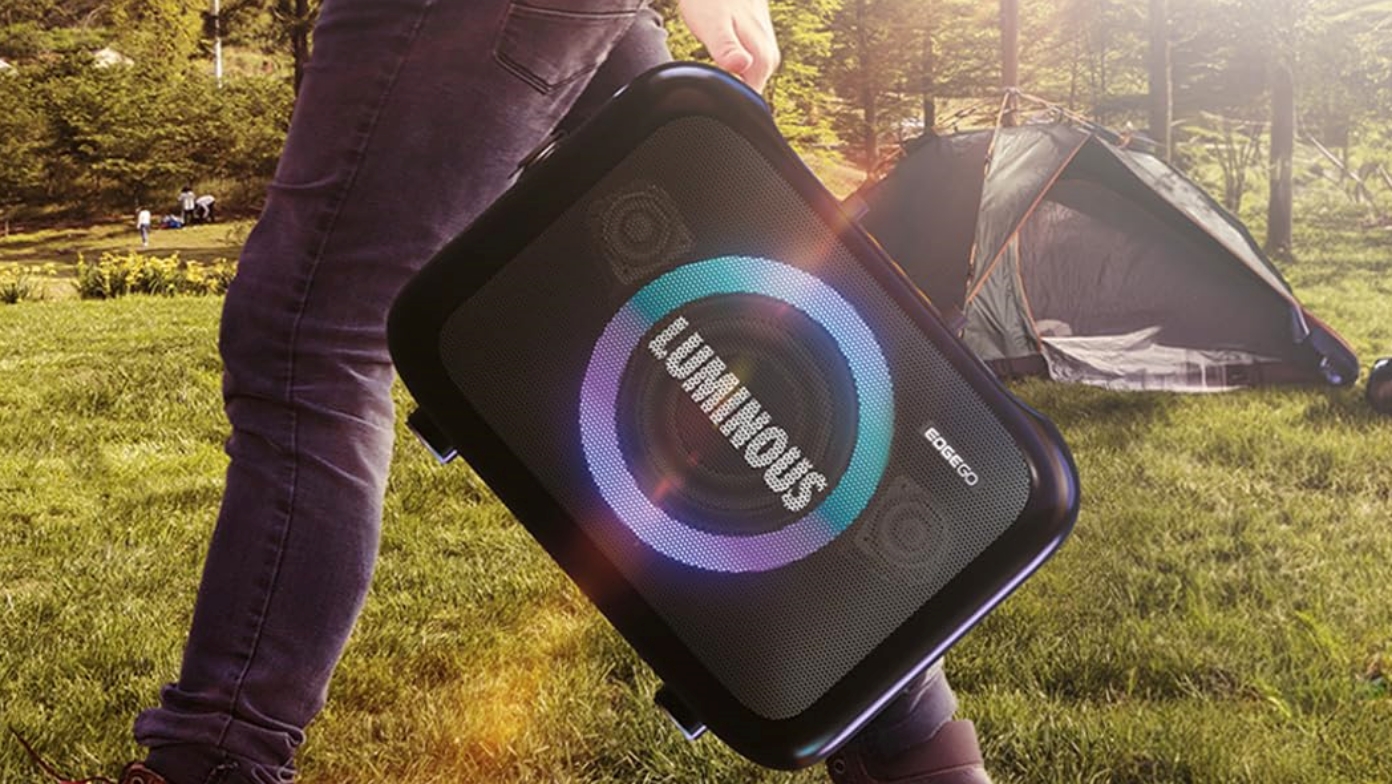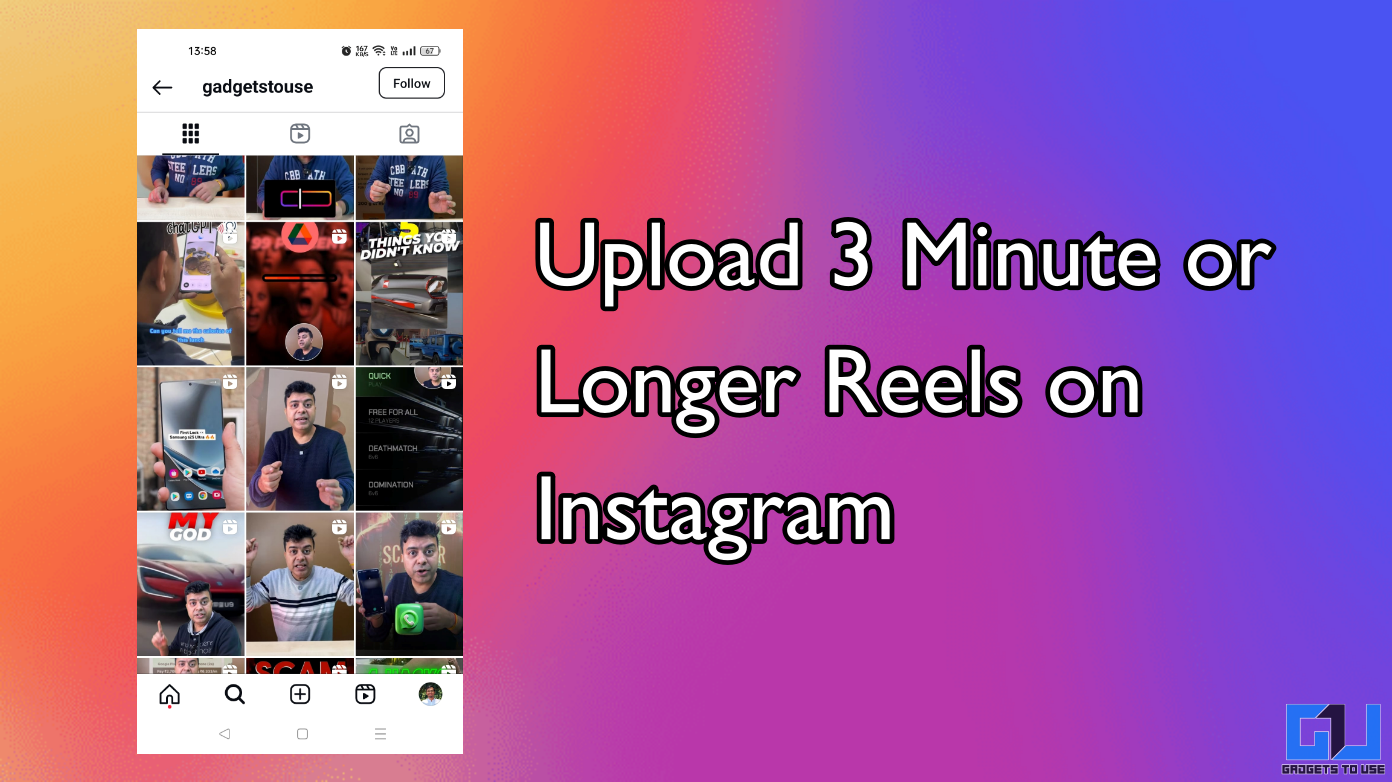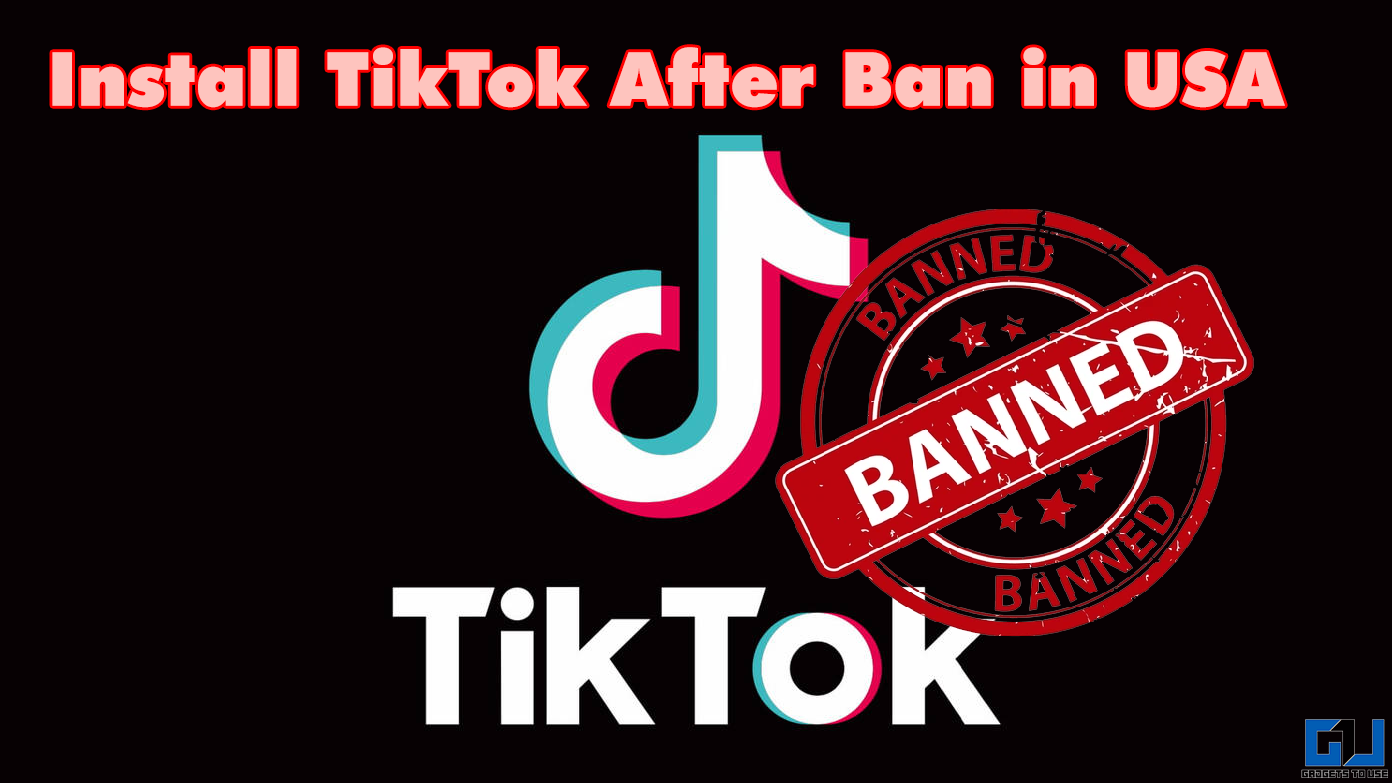Quick Answer
- A type of TFT LCD that we hear quite often in reference to Smartphone displays is IPS (inline plane switching) this type of screen is characterized by extremely wide viewing angles (up o 170 degrees) and high quality resolution.
- as shown in the video Light can only pass through filters when the molecules of liquid twist by 90 degree or perpendicular to the plane and thus align light waves so as to allow them to pass through the polarizing filter.
- TFT LCD Is an Active Matrix LCD, which means every pixel, is attached to a transistor or capacitor, which in turn actively maintains the state of the pixel.
There are many kinds of displays available on cell phones today. To choose the correct one according to your need you should know what you are being offered and how it will suit your specific needs. Here we will discuss all you need to know about some of the most popular Display technology you will come across while looking for a suitable phone.
Nokia Clear Black Display
Nokia claims that its clear black gives better viewing angles and better blacks. Technically what it does is it minimizes the reflected light from your cell phone screen by using polarizing filters. Polarizing is restricting light waves in a particular plane in space. To further simplify it, it is like passing light wave through a slit and only waves properly aligned with the slit will be able to pass through. If you place two polarizing filters at an angle of 90 degree to each other no light will pass through from the second filter. This forms the technical basis of Nokia’s Clearblack display. It eliminates the light bouncing off the screen which drastically improves quality and gives you darker darks.
Practical advantage of this display is enhanced outdoor visibility. When using your cell phone outside in the presence of sunlight, it is difficult to view the screen even if you pump up the brightness (which eats away your battery backup). Nokia’s clear black display has an advantage in this regards. It has multiple polarization layers to eliminate reflections. There is both a retardation layer and linear polarizer between the surface of your phone and the display and together they don’t allow external light bounced back from the display to reach your eyes. This display is used by Nokia in its popular Lumia series.
TFT LCD (Thin Film Transistor Liquid Crystal Display)
It is a variant of LCD using thin film transistors. TFT LCD Is an Active Matrix LCD, which means every pixel, is attached to a transistor or capacitor, which in turn actively maintains the state of the pixel. The pixels, which are smallest controllable elements of a picture, are arranged in a two dimensional grid. Today all LCD displays are TFT LCD displays. These are most common type of cell phone displays and are often referred to as LCD displays only. Merely knowing that the display type is LCD doesn’t tell you anything about its quality. You can find wide range in quality when it comes to LCD displays. Cheap ones have poor resolution, dull colors and poor viewing angles (for clear visibility you have to be positioned exactly in front of them). Expensive LCD displays will give you high resolution images with extremely wide viewing angles. All LCD require a light source, whose light is reflected by the pixels thus they are thicker than AMOLED screens.
Basic Construction of LCD [VIDEO]
as shown in the video Light can only pass through filters when the molecules of liquid twist by 90 degree or perpendicular to the plane and thus align light waves so as to allow them to pass through the polarizing filter. This switching of Liquid crystal forms the basis of difference between Conventional Twisted Nematic (TN) TFT LCD and IPS LCD.
IPS-LCD
A type of TFT LCD that we hear quite often in reference to Smartphone displays is IPS (inline plane switching) this type of screen is characterized by extremely wide viewing angles (up o 170 degrees) and high quality resolution. going into technical details, this type of screen crystal molecules move parallel to panel frame (instead of perpendicular) and this leads to less scattering of light within the matrix thus giving significantly better quality and better viewing angle. Recently launched LG Optimus G Pro uses IPS plus LCD screen. PLS or Plain line switching is Samsungs IPS technology, which gives better brightness, even more enhanced viewing angles and has less production cost.
Super LCD (SLCD)
Another enhancement of LCD is Super LCD (SLCD) Displays generally used by HTC. Unlike regular LCD’S this type of display does not have air gap between outer glass and inner display. This reduces reflected light i.e., less glare, and thus more outdoor visibility. These displays also consume less power than traditional LCD displays. Recently launched HTC Desire 600 has SLCD 2 Display.
Apart from these there are many other LCD Derived screen technology being used these days like LG’S NOVA used in Optimus Black which offers much brighter colors at lower power consumption rate.
LCD displays give you good brightness as you can always put a powerfull backlight. but this leads to a big dis advantage, because back light in LCD Displyas is always on and this leads to improper blacks. when you increase the color saturation, the brightness suffers. this also leads to lesser contrast Ratios compared to AMOLED. Most of these disadvantages have been eliminated With improved IPS displays.
Retina Display
Apple uses the brand name Retina Display for its displays, and these displays have so high pixel density that the human eye cannot resolve the pixels from a particular viewing distance or in simpler words these displays are pixilation free. The viewing distance is different according to the difference in usage pattern and thus Retina displays have varying pixel densities according to the devices. 326 ppi (Pixels per inch) for smaller devices, 264 for midsized devices and 220 ppi for larger devices which have higher viewing distance. To give you some further insight, Retina Display is 300 ppi for a device held 10 to 12 inches from your eye.
AMOLED (Active Matrix Organic Light Emitting Diode) Diplay
AMOLED is a display technology where display type is OLED and the technology used for addressing pixels in active matrix. These displays are being used by many manufacturers in their flagship devices including Samsung and are significantly sleeker than LCD displays. This technology has now evolved for use in low power, low cost, big size (up to 40 inch) displays. Unlike LCD display this type of display doesn’t require back light and is thus thinner than LCD.
The power consumed in AMOLED display is dependent on what is shown on the screen. it will consume more power when black text is shown on white screen as compared to when white text is shown of black screen. Whereas, LCD displays have constant power consumption rate. This also means black screen will use very low electricity and you will get darker blacks instead of dark grey in various LCD and you will save substantial power if you keep your background color closer to black.
Super AMOLED is Samsungs term for a display in which the touch layer is integrated with the screen, instead of being laid on top of it. These displays employ controversial Pentile displays. Pentile display uses a RGBG sub pixel arrangement in place of tradition RGB. An RG-BG Display uses one third sub pixels to give the same luminance display resolution. Many people consider this practice unethical. This gives you color fringing on high contrast edges. Example white text on black background won’t be crisp. Samsung claims that these displays are equally expensive and are used because, there is no other alternative to provide high resolution on AMOLED displays.
Samsung addressed this problem by using the traditional RGB display in Super AMOLED Plus technology in Samsung Galaxy S2 but reverted back to pentile display with Samsung Galaxy S3(Super AMOLED HD). Samsung claimed that using pentile display didn’t save it any manufacturing cost and the reason for using it was to obtain higher resolution. It also claimed that this display was much more durable.
Super AMOLED HD displays have a resolution of 720 x 1280 Display. It also uses a different algorithm to further reduce the effect of pentile display. Samsung has designed these displays to appear similar to RGB displays when applied at high resolution format.
HD Super AMOLED VS TRUE HD IPS [VIDEO]
Conclusion
Amidst these various screen type you should be able to recognize what you are being offered and thus discern its suitability according to your needs. For example if you like to watch movies on your smartphone AMOLED displays will suit you better. These displays consume comparatively less power and are thinner than LCD Displays. SLCD screens have remained popular as power consumption is comparably lower when displaying lighter colors such as the white background found on most internet pages. While AMOLED technology generally displays darker blacks and truer colors making videos and images appear clearer and more vibrant. If you like to read more LCD and SLCD will suit your needs better. Many manufacturers have moved back to SLCD because of expense and lack of production capacity of AMOLED displays. Text appears clearer on these displays than pentile AMOLED displays. Apples Retina display is a High pixel density LCD display.
















